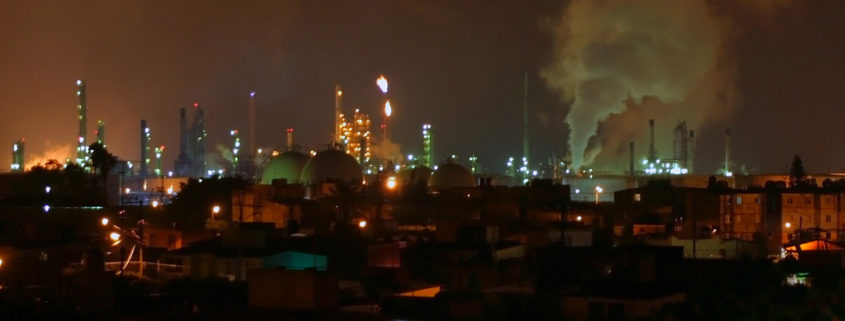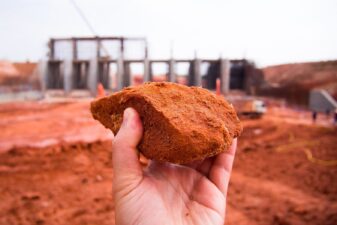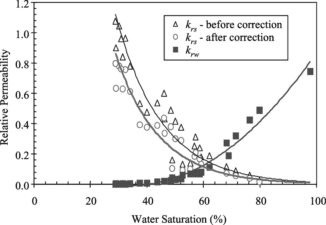Everyone has heard about acid rain but few know exactly what it is and what causes it. Acid rain is any type of precipitation with elevated levels of sulfuric acid and nitric acid. It is not only the liquid rain we are familiar with; it is also present in snow, fog, hail, dew, mist and suspended droplets that end up on the ground.
What causes acid rain?
It is a natural phenomenon caused by chemicals emitted during volcanic eruptions, the decomposition of plants, and other causes. However, the majority of acid rain today is caused by human activity, such as burning fossil fuels (petroleum and coal) that come from factories, vehicles, power plants, and boilers.
Burning fossil fuels generates nitrogen oxide and dioxide and sulphur trioxide that are released into the atmosphere. These react in the atmosphere with suspended droplets and other substances and generate acid rain, which can spread across hundreds of miles.
Related: Environmental science.
Effects of acid rain
Although collective imaginary makes us think of rain that corrodes the skin, the effect of acid rain is less spectacular, but that does not mean it is less harmful. Firstly, acid rain has a fatal effect on bodies of water such as lakes, rivers and oceans, as it changes their acidity level and destroys algae and plankton, and increases fish mortality. Forests are another of its victims, as it wipes out nitrogen-fixing micro-organisms and directly destroys leaves and branches on contact.
Acid rain not only affects organic elements, buildings and infrastructures also suffer. The acidity dissolves the calcium carbonate and damages marble and limestone, eroding monuments and statues. It is also a scourge on farming areas, as it deionises the soil, decreasing the quality and causing stress to plants. This makes them vulnerable to infestation. In addition, it changes and deteriorates the natural conditions of aquatic eco-systems, affecting the food chain and a significant number of species.
Acid rain around the world
The countries with the highest levels of acid rain are Asian and European countries, particularly Scandinavia and Germany. However, the most affected country is China, as its main power source comes from burning coal, which produces toxic gases.
In Spain acid rain occurs mainly in Galicia and the Basque Country, but it is also present in some areas of Catalonia and Murcia.
Solutions to acid rain
We cannot control volcanic eruptions but we can fight to significantly reduce air pollutants. Humans are the main cause of acid rain and of its consequences, so, if we want to prevent them, we must change our consumption habits and use of natural resources.
The proposed solutions for reducing this phenomenon include:
- Lower the level of sulphur in fossil fuels.
- Reduce fossil fuel consumption.
- Promote the use of natural gas in industry.
- Promote electric vehicles.
- Implement the 3-way catalytic converter.
- Add alkaline substances to bodies of water to neutralise the pH level.
- Save energy in homes.
- Increase use of public transport.
Therefore, part of the solution is in our hands, although it is the experts who through better and quicker analysis of acid rain can contribute to resolving this atmospheric phenomenon. That is why it is important to have good courses on the environment that encourage research. Some prestigious scientists have recently studied the phenomenon of acid rain and drawn some very interesting conclusions on the current consequences in different parts of the world.
Sources: Ecologiaverde El País Reuters






